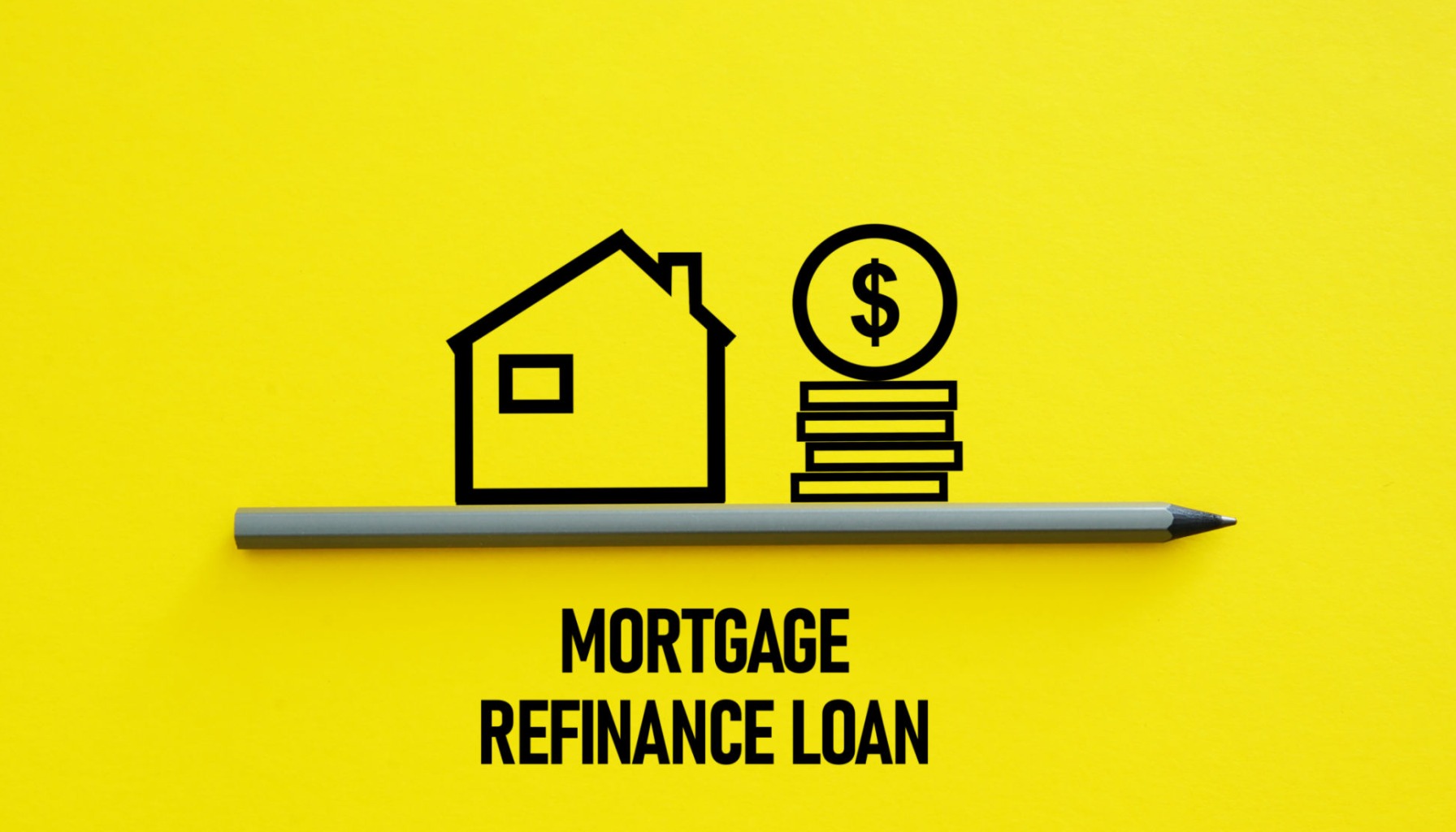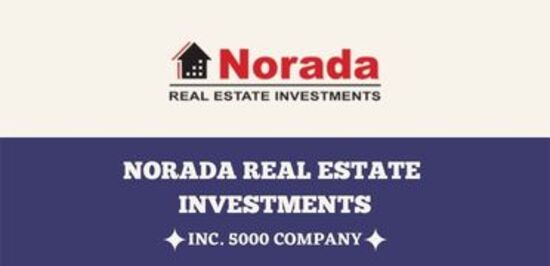Are you watching mortgage rates like a hawk, hoping for the perfect time to refinance? You're not alone. Today, Mortgage Rates Today: 30-Year Fixed Refinance Rate Rises by 36 Basis Points, the latest data from Zillow indicates some movement. The average 30-year fixed refinance rate has increased to 7.01% as of September 20, 2025, up from 6.65% the previous week. Let’s dive into what this means for you and what other factors are at play in the mortgage market.
I know these fluctuations can be confusing. Let's break down the numbers and discuss the implications.
Mortgage Rates Today: 30-Year Refinance Rate Jumps by 36 Basis Points
Understanding the Current Refinance Rate Environment
Here’s a quick snapshot of where refinance rates stand right now:
- 30-Year Fixed Refinance Rate: 7.01% (up 36 basis points from last week)
- 15-Year Fixed Refinance Rate: 5.91% (up 23 basis points from last week)
- 5-Year ARM Refinance Rate: 7.29% (down 2 basis points from last week)
The increase in the 30-year fixed rate is the most notable, but what’s causing this movement? And, more importantly, how should you react?
The Federal Reserve's Recent Rate Cut: A Game Changer?
On September 17, 2025, the Federal Reserve made its first interest rate cut of the year, lowering its benchmark rate by a quarter percentage point to a target range of 4.0% to 4.25%. This was the first cut in 2025, following a pause that followed three cuts in 2024.
Why did the Fed decide to cut rates?
According to the Fed, the decision was driven by growing concerns about an economic slowdown, even though inflation remains above its 2% target. Chairman Jerome Powell called it a “risk-management cut.” Here's a more of a detailed understanding:
- Slowing Job Market: The Fed acknowledged that “job gains have slowed, and the unemployment rate has edged up.”
- Balancing Conflicting Data: The Fed tried hard to balance against persistent inflation.
How the Fed impacts Mortgage Interest Rates.
While the Fed doesn’t directly set mortgage rates, its actions have a significant indirect influence on them. Here’s how:
- Impact on the 10-Year Treasury Yield: The 10-year U.S. Treasury yield acts as a benchmark for 30-year fixed mortgages. When the Fed makes moves, it adjusts investor sentiment, driving the treasury yield.
- Market Expectations: The mortgage market prices in future expectations. The interest rate cut solidifies the expectation of easing the cycle.
What does it mean now?
- Following anticipation of the cut, mortgage rates had already fallen to an 11 month low for the average 30 year fixed rate (6.35%). This cut firms on confirmation for gradual decline
- Updated Fed “dot plot” showing a wide range of opinions, a suggestion for only 2 more cuts this year. There is potential for upward pressure on rates if future inflation reports are hot.
Immediate Impact on Consumers
- Variable-Rate Loans: As expected, credit cards and Home equity lines of credit (HELOCs) will see an immediate drop in interest rates.
- Fixed-Rate Loans: The effect is less direct as the rates are priced in by the market based on future expectations.
Fixed-Rate vs. Adjustable-Rate Mortgages (ARMs)
- Fixed-Rate Mortgages: No change in payments for current homeowners unless they refinance. Benefit from lower prevailing rate for new buyers.
- Adjustable-Rate Mortgages (ARMs):Likely rates will decrease at next adjustment period, as they are tied to short-term indices.
Housing Market Outlook
- For Buyers: Enhanced affordability and purchasing power through lower mortgage rates.
- For Sellers: Increased buyer activity, intensifying competition may occur. Additionally, those locked into sub 3% rates for the pandemic may choose to list their properties, boosting inventory.
However, there may be a surge of new buyers without a corresponding rise in inventory, so there could be upward pressure on home prices, partially negating the benefits of lower financing costs.
What's next?
- Inflation Reports
- Labor Market Data
- Refinancers: Actively explore refinancing options for homeowners wih rates above 6.5%
Decoding Refinance Options: Making the Right Move
Refinancing can be a smart financial move, but it’s essential to understand the different types of refinances and which one suits your specific needs. Let's go through a few factors:
- Breakdown of APR vs Interest Rate
- Important Fees
- Break events.
Comparing Refinance Offers
The first thing you should do is to get multiple offers as it has the ability to allow you to fully understand the situation.
It's like shopping for a new car. You wouldn't buy the first one you see, right? The same principle applies to mortgages.
Interest Rate vs. APR: Know the Difference
Here's a tip I always share: don't just focus on the interest rate. Take a close look at the APR (Annual Percentage Rate) as well. The interest rate is the cost of your loan, but the APR includes all fees, expressed as a percentage. So, the APR gives you a more complete picture of the true cost.
Points, Fees, and Closing Costs
When refinancing, you'll likely encounter points, fees, and closing costs. Here is a breakdown:
- Points:These are optional fees that you pay upfront to lower your interest rate. One point equals 1% of the loan amount.
- Fees and Closing Costs: Refinancing involves many of the same closing costs as a purchase mortgage, typically ranging from 2% to 6% of the loan amount. These costs cover things like appraisal fees, title insurance, and origination fees.
The Break-Even Point: Do the Math
Before you jump into refinancing, calculate the break-even point. This tells you how long it will take for the savings from a lower interest rate to cover the upfront closing costs. Divide the total closing costs by the monthly savings. If it takes too long to break even, it might not be worth it.
Types of Refinances: Which One is Right for You?
There are several types of refinances, each designed to achieve different goals:
- Rate-and-Term Refinance: This is the most common type, where you replace your mortgage with a new one to secure a better interest rate or adjust the loan term.
- Cash-Out Refinance: With this option, you borrow more than you currently owe and receive the difference in cash. This lets you tap into your home equity for things like home renovations, debt consolidation, or other financial needs. However, be cautious – it increases your overall debt.
- Streamline Refinance: For government-backed loans (FHA or VA), a streamline refinance offers a simplified process with potentially lower rates and less paperwork.
Recommended Read:
30-Year Fixed Refinance Rate Trends – September 19, 2025
Why Refinance? Weighing the Pros and Cons
There are several compelling reasons to refinance your mortgage:
- Lower Monthly Payments: A lower interest rate or a longer loan term can reduce your monthly payments, providing more financial breathing room.
- Pay Off the Loan Faster: Refinancing into a shorter-term loan, like a 15-year mortgage, helps you build equity faster and save on total interest paid.
- Access Home Equity: As mentioned, a cash-out refinance allows you to use your home equity for other financial needs.
- Switch Loan Types: You might refinance to switch from an adjustable-rate mortgage (ARM) to a more stable fixed-rate mortgage, especially in a rising rate environment.
Final Thoughts: Stay Informed and Be Prepared
Navigating the mortgage market can feel like a rollercoaster, but understanding the key factors and staying informed will empower you to make sound financial decisions. Keep an eye on economic indicators, follow Fed announcements, and compare multiple refinance offers to ensure you're getting the best deal possible.
By understanding the current market dynamics and carefully evaluating your financial goals, you can confidently navigate the refinance landscape and make the best decision for your future.
Maximize Your Mortgage Decisions in 2025
Thinking about whether to refinance now? Timing is critical, and having the right strategy can save you thousands over the life of your loan.
Norada's team can guide you through current market dynamics and help you position your investments wisely—whether you're looking to reduce rates, pull out equity, or expand your portfolio.
HOT NEW LISTINGS JUST ADDED!
Talk to a Norada investment counselor today (No Obligation):
(800) 611-3060
Recommended Read:
- When You Refinance a Mortgage Do the 30 Years Start Over?
- Should You Refinance as Mortgage Rates Reach Lowest Level in Over a Year?
- NAR Predicts 6% Mortgage Rates in 2025 Will Boost Housing Market
- Mortgage Rates Predictions for 2025: Expert Forecast
- Half of Recent Home Buyers Got Mortgage Rates Below 5%
- Mortgage Rates Need to Drop by 2% Before Buying Spree Begins
- Will Mortgage Rates Ever Be 3% Again: Future Outlook
- Mortgage Rates Predictions for Next 2 Years
- Mortgage Rate Predictions for Next 5 Years
- Mortgage Rate Predictions for 2025: Expert Forecast



